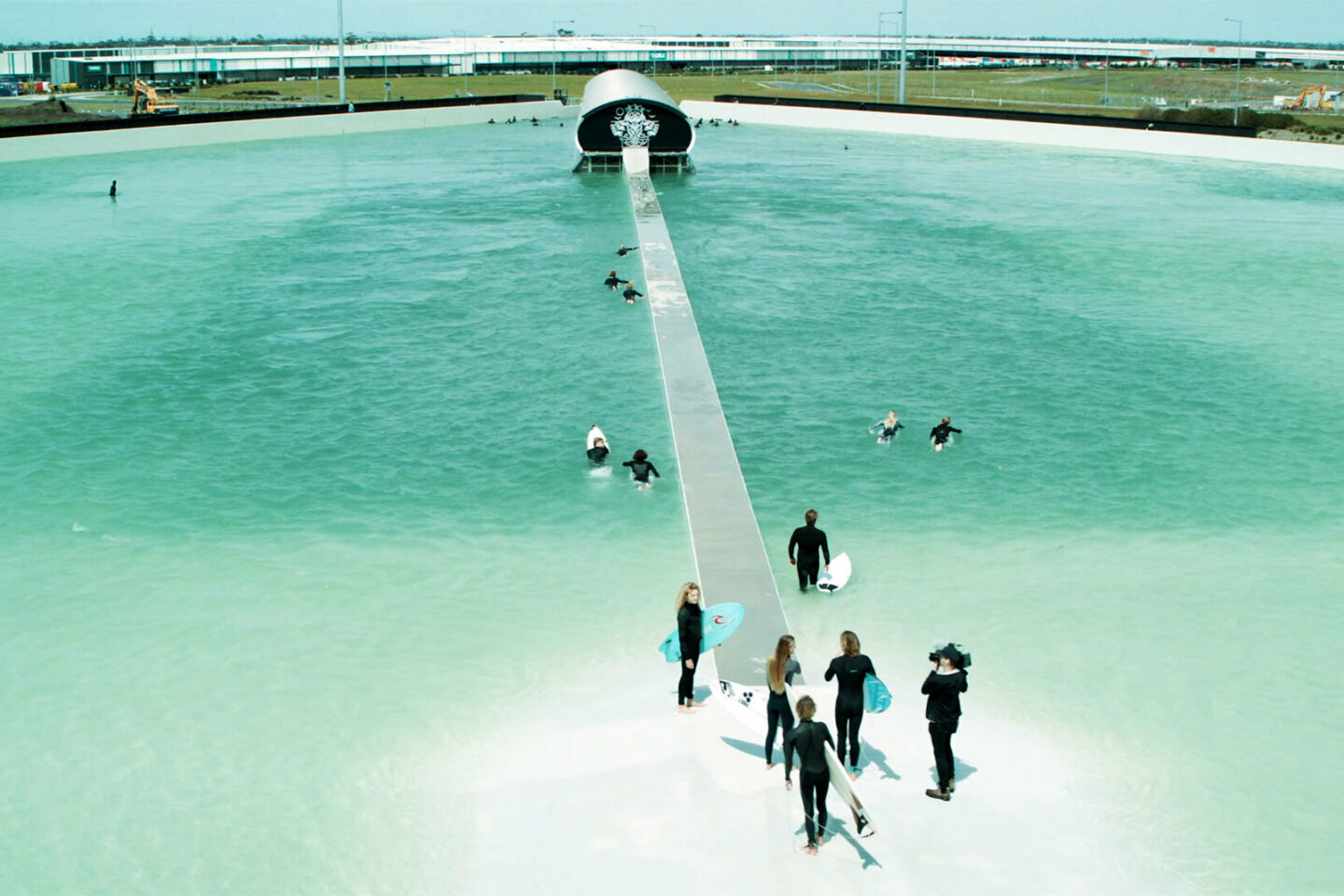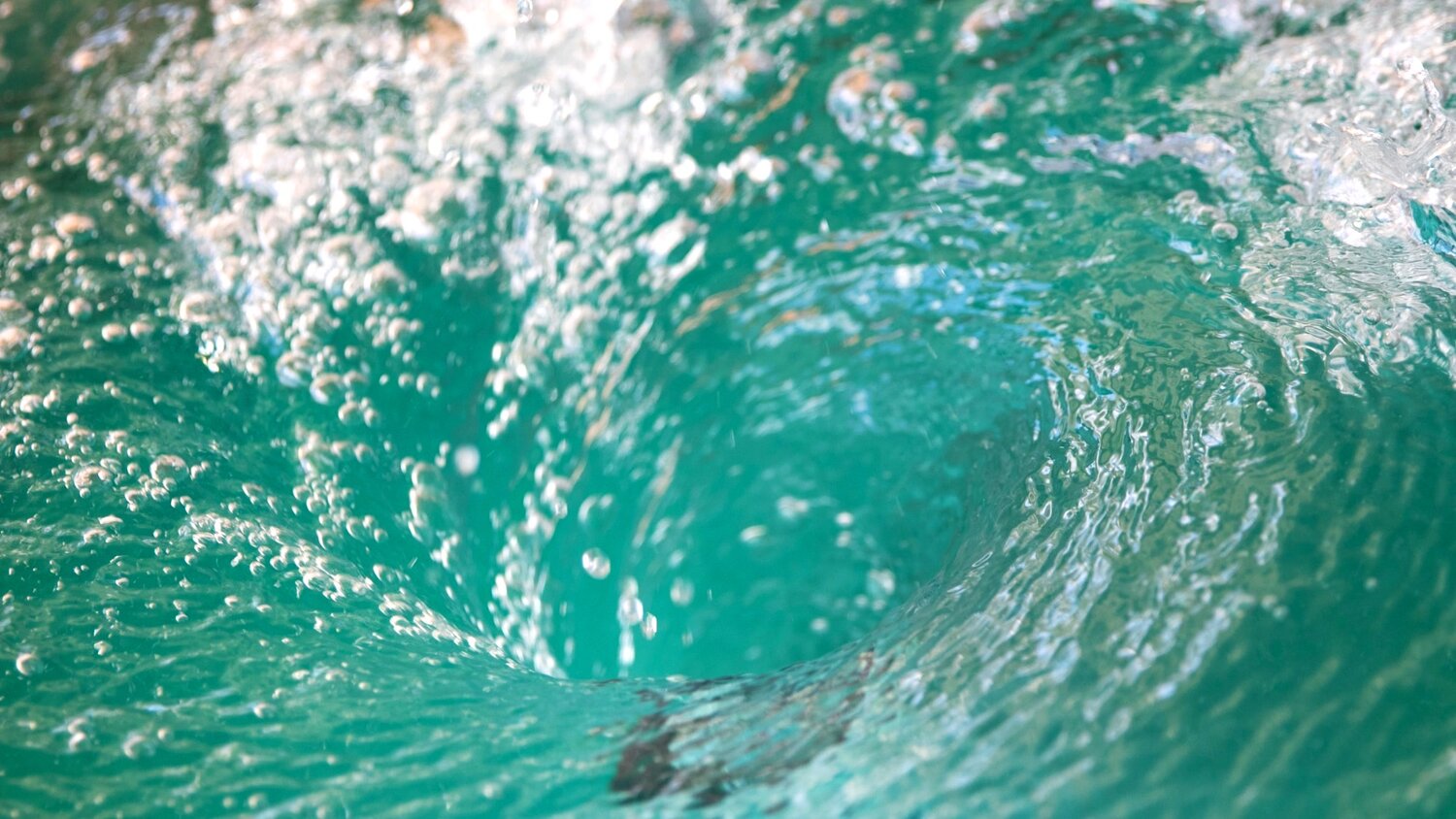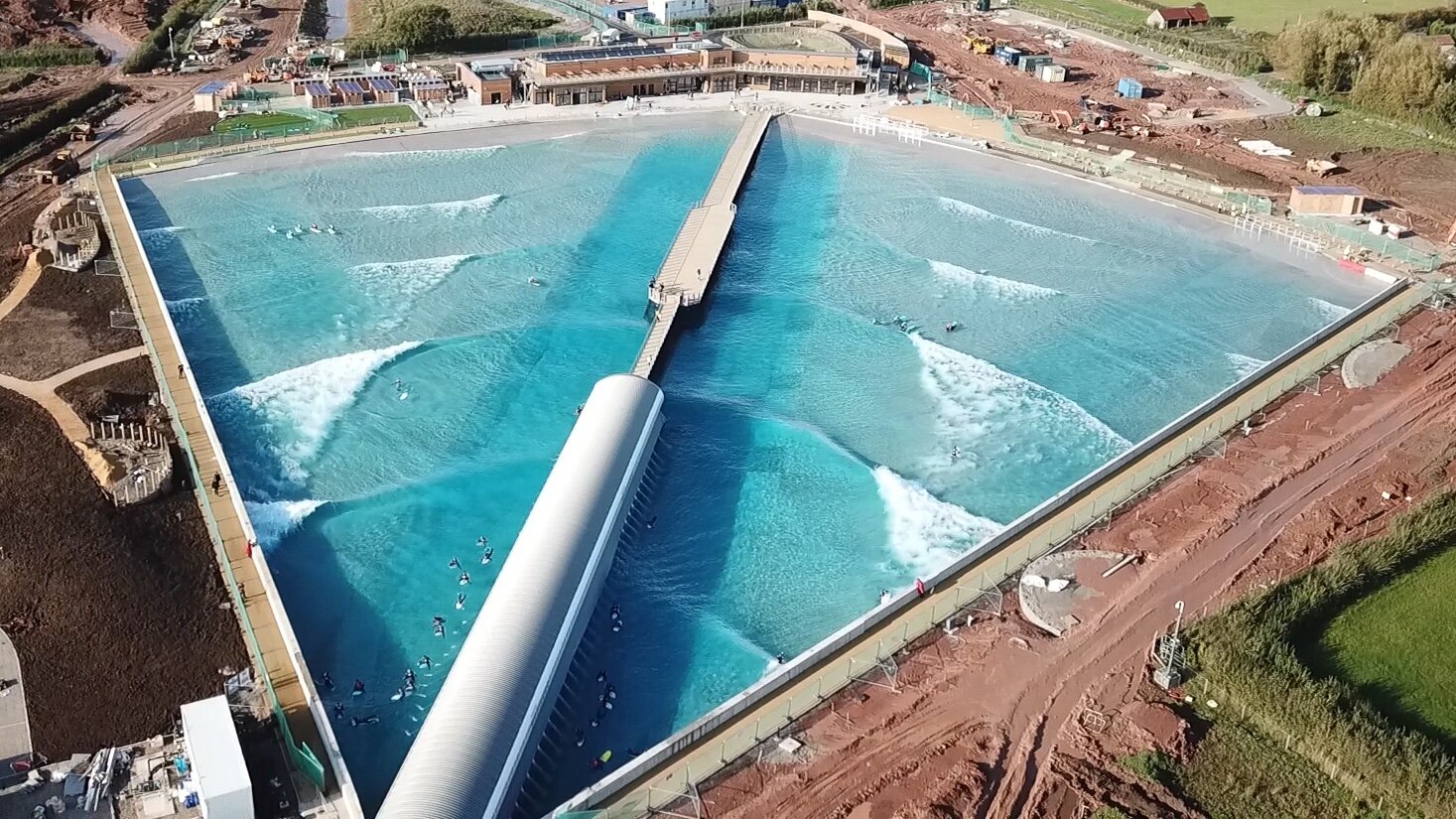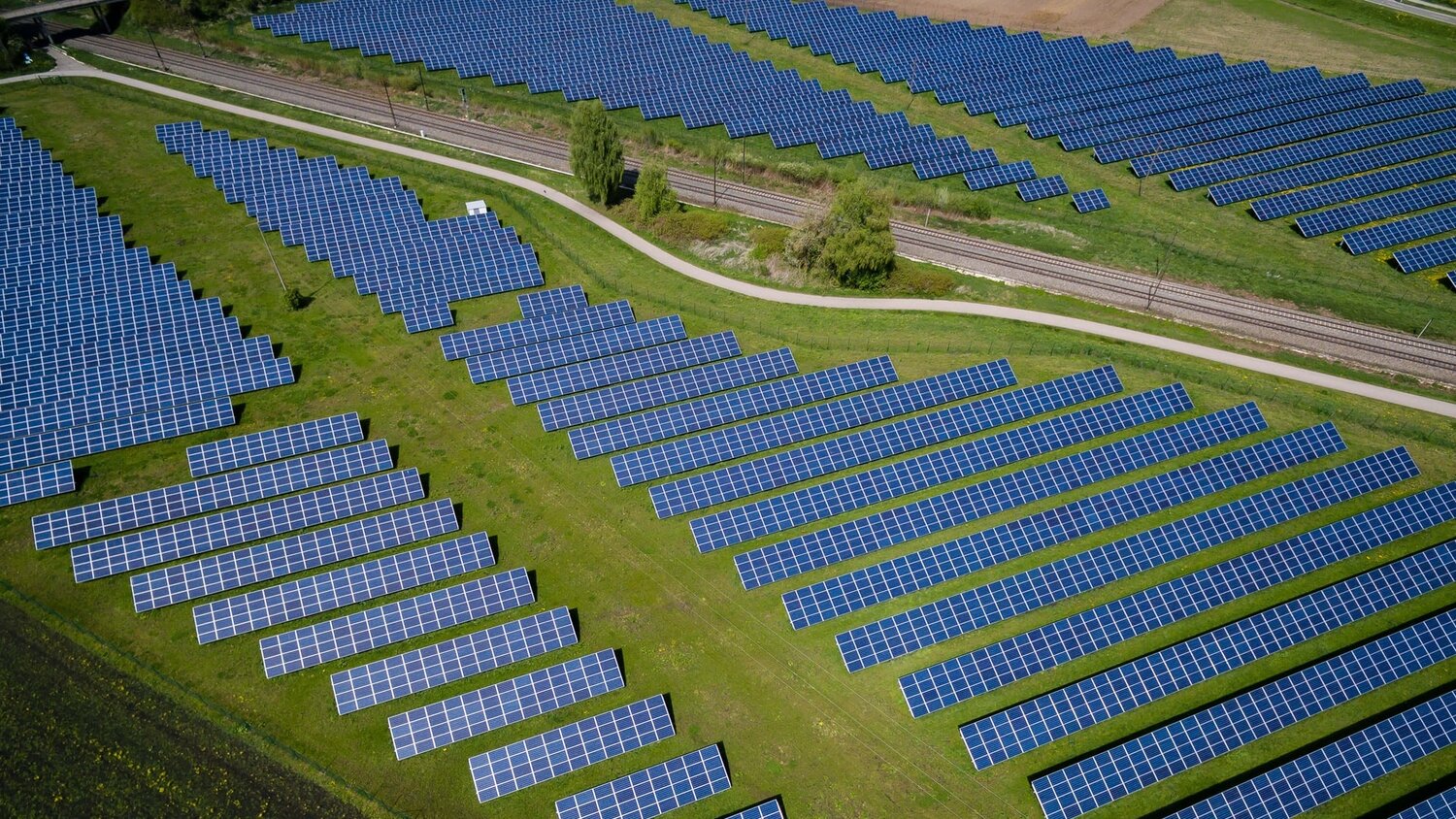Thanks to our friends at WavePoolMag, we will be showcasing some of the different wave pools around the world and deep diving into the technology behind them! Dive in!
It’s a strange place to be existentially – using energy to create waves, something that’s abundant in nature. We do sort of do this with light bulbs by recreating sunlight. But that’s indoors. Plus, it takes more energy to make a wave than it does to light up your kitchen.
There is unfathomable energy out in the open ocean, but quantifying the output needed to push water in a pool is tricky. I can understand the intense energy output of the open ocean in the form of purple blobs on a swell forecast map. But that’s still abstract, just a digital representation of energy. It’s only with each tornado-meets-trailer-park news cycle that I can viscerally comprehend the power and energy output of this natural force. That tornado typically unleashes around 10,000 kilowatts of energy.
Energy Measurements
But before we apply kilowatts to waves, here are some usage examples for perspective: The average 1000 watt electric heater operating for one hour uses 1000 watts, or 1 kWh of energy. A 40-watt electric appliance operating continuously for 25 hours uses 1 kWh. The average American household uses 10,660 kWh each year. The MGM Grand in Las Vegas consumes at least 400,000 megawatts (so 400 million kilowatts) of electricity annually. One kWh will power the average iPhone for a year.












